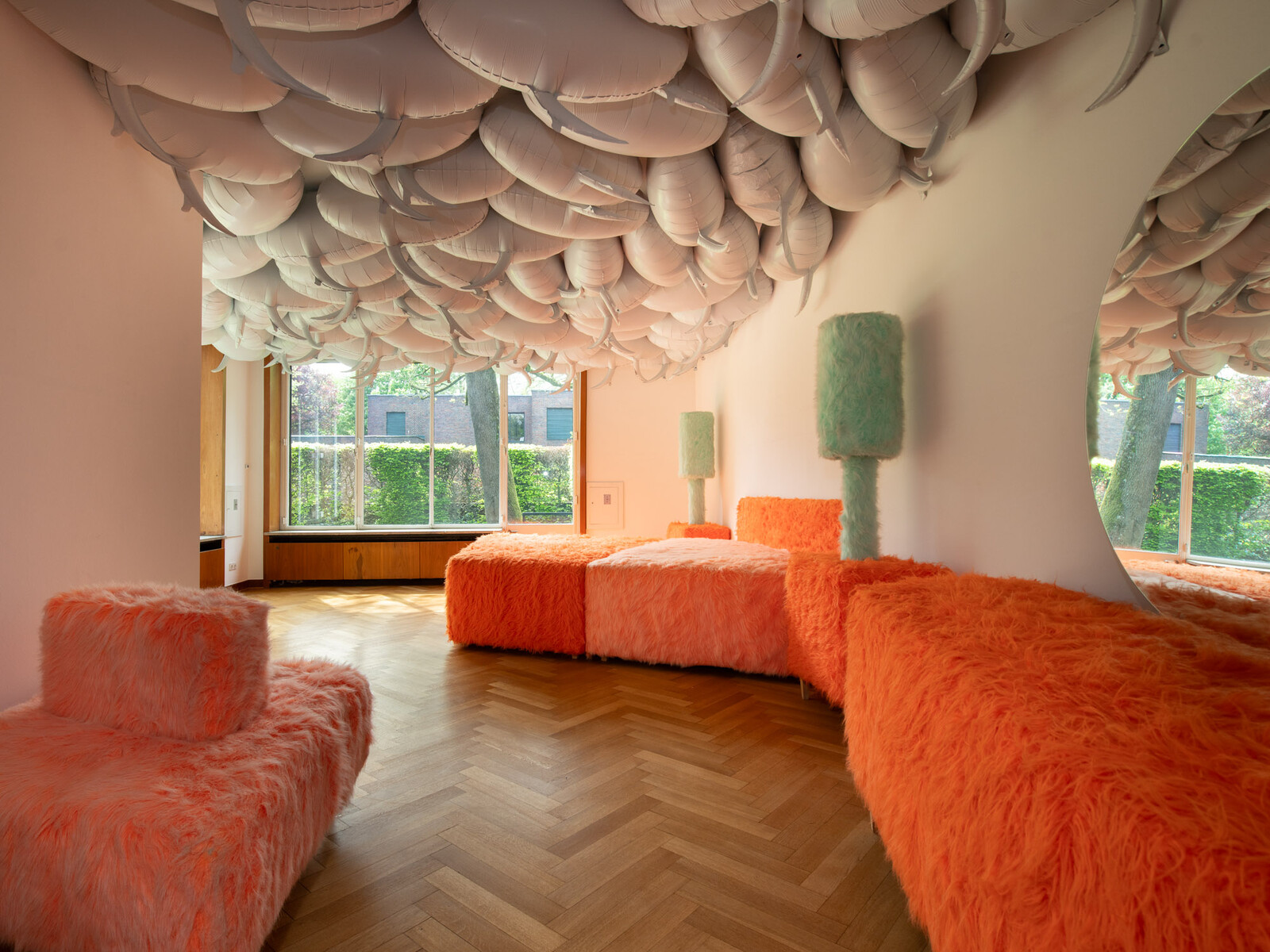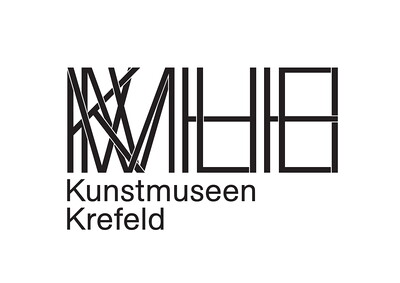April 28–September 8, 2024
Wilhelmshofallee 91-97
47800 Krefeld
Germany
Museum Without Borders. Art–Design / Dunkerque–Krefeld brings together two art institutions—the Kunstmuseen Krefeld and the Regional Contemporary Art Collection of Northern France (FRAC Grand Large—Hauts-de-France), based in Dunkirk. Both aim to bring art and design closer to the public. This year, they are also celebrating 50 years of town twinning—the perfect occasion for a special “aller-retour”: the FRAC collection will be visiting Krefeld from April 28 to September 8. The return visit to Dunkirk will take place in 2025.
Art and design are the focus of the collections of both the Kunstmuseen Krefeld and the FRAC Grand Large—Hauts-de-France, one of 22 “Fonds régionaux d’art contemporain.” Mies van der Rohe’s iconic villas are the ideal site to showcase works from the French collection. Katia Baudin, Director of the Kunstmuseen Krefeld since 2016, directed the FRAC Grand Large—Hauts-de-France from 1997 to 2004 and initiated the strategy of acquiring design in crossover with art as well as inviting artists to create on and offsite site-specific works. She explains: “The exchange of collections with the FRAC and the border crossing view encourages a change of perspective on the art and design of our times. It also stimulates us to test in Krefeld innovative outreach programs developed by the Frac that truly bring art closer to the public. With Keren Detton, the director of the FRAC in Dunkirk, and her team, we share a similar attitude and goal: Art connects and our museums operate without borders!” More than 100 works by around 65 artists and designers from the FRAC Grand Large HDF collection, including many interactive, ephemeral and changeable installations as well as experimental design, are temporarily moving into Haus Lange Haus Esters. The heart of the exhibition is set in the two iconic modernist villas and their gardens. Offsite projects in the urban space are also waiting to be discovered. The focus lies on influential international and French positions from the 1990s to the present day, many of whom are now shown for the first time in Krefeld.
Haus Esters: Art to Dive Into—Everyday Life Moves into the Museum
Haus Esters “flowing spaces” by Ludwig Mies van der Rohe provide the ideal setting to highlight a generation of artists who in the 1990s brought everyday life into the museum and turned the visitors into active participants. Several rooms showcase installations by important artists that can be associated with Relational Aesthetics. French art critic Nicolas Bourriaud coined this term (Esthétique relationelle in French) for the emerging practices of the time, which often provocatively brought the bustling reality of everyday life into sterile art spaces such as museums.
Haus Lange: Surface Treatment—Mies & Co Critically Scrutinized
Haus Lange, meanwhile, houses a critical and even political spirit with a focus on artists and designers who reflect on our instable times in which one crisis follows upon the next, who question the legacy of modernism, while in certain cases create hopeful works born out of these crises. This narrative moment, in which the object itself becomes the protagonist, is the opposite of the rational modernism pursued by Mies van der Rohe and the Bauhaus.
From the museum to the city and to the people
In keeping with the nomadic spirit of the FRAC, this exhibition transcends the museum walls: some works of art can be encountered in the villas’ gardens as well as in the urban space.
Curator of the exhibition: Katia Baudin, Director of the Kunstmuseen Krefeld
Curatorial project management: Juliane Duft
Assisted by: Polina Scerbonos
Artists and designers (selection): Aldo Bakker, Jurgen Bey, Tord Boontje, Berlinde de Bruyckere, Angela Bulloch, Stéphane Calais, Maurizio Cattelan, Latifa Echakhch, Didier Faustino, Sylvie Fleury, Claire Fontaine, Piero Gilardi, Dominique Gonzalez-Foerster, Joseph Grigely, Hella Jongerius, Joris Laarman, matali crasset, Philippe Parreno, Bruno Peinado, Andrée Putman, Radi Designers, Tobias Rehberger, Florian Slotawa, Robert Stadler, Simon Starling, Studio 65, Studio Formafantasma, Rirkrit Tiravanija












